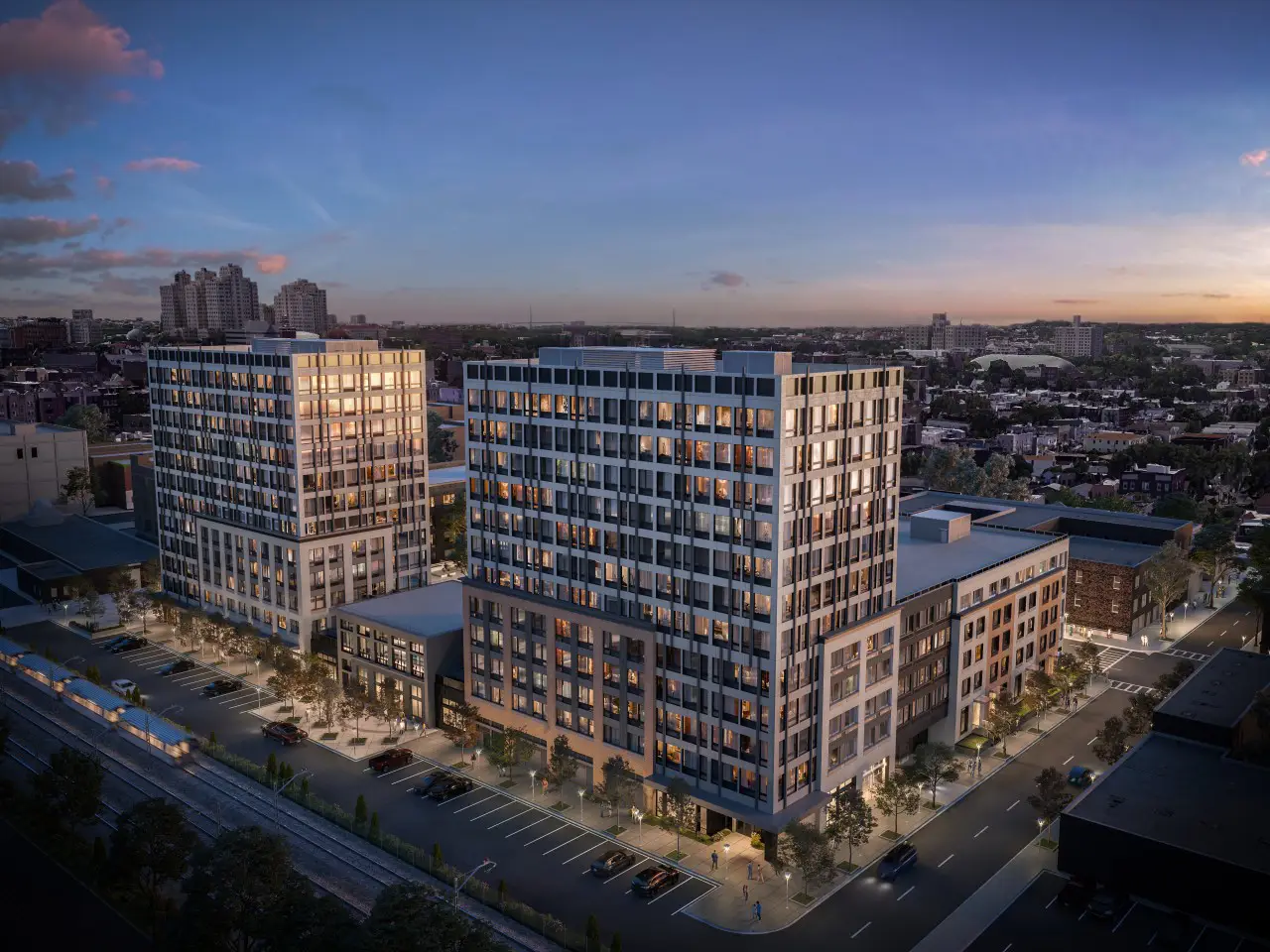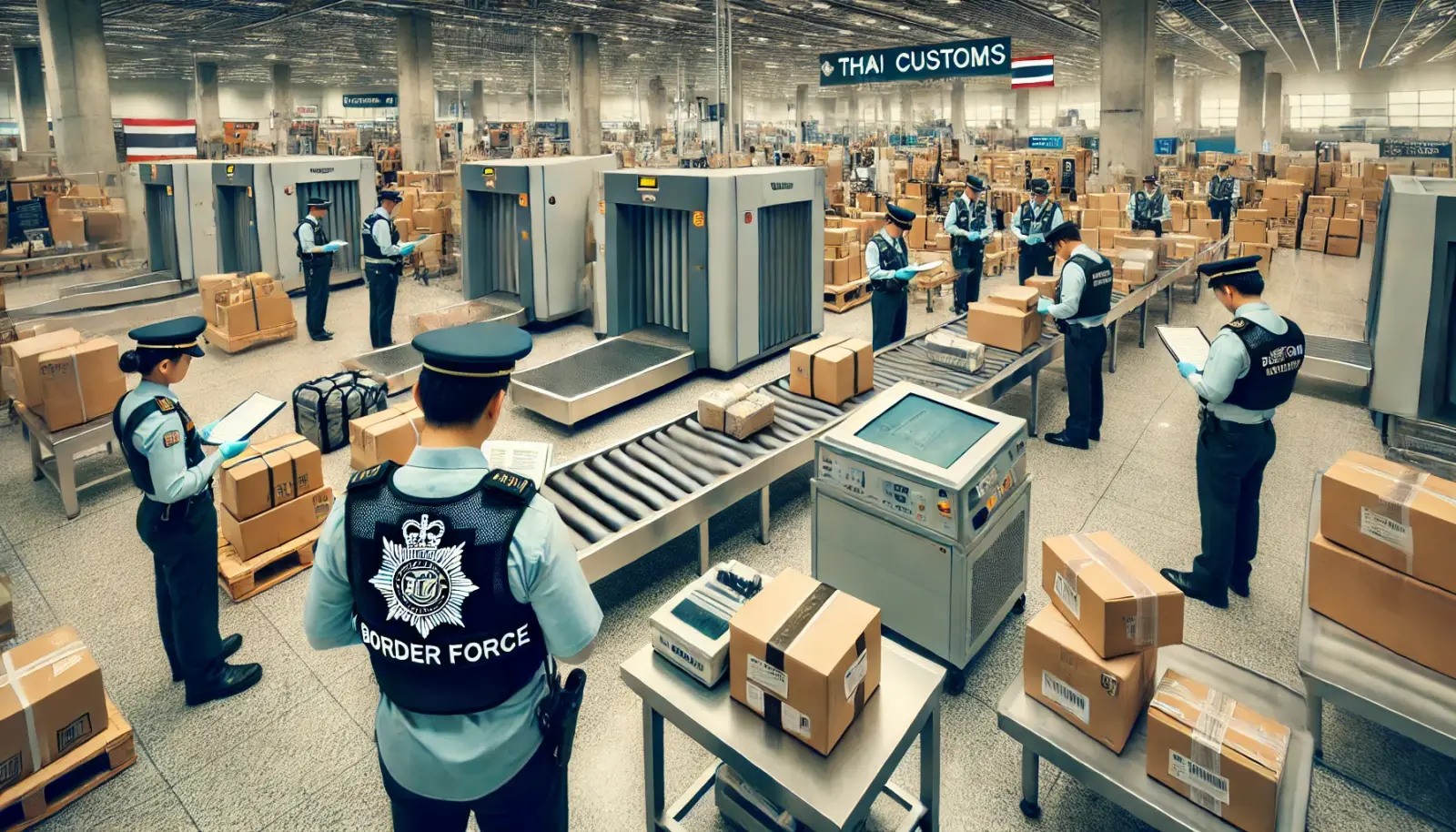A research funded by the Education Foundation of the Professional Convention Management Association answers the following question; How to create successful events?
This was the core question of the second research phase of the “Future Meeting Space” innovation alliance. The answer, in a nutshell: to satisfy attendees, event planners should focus on knowledge transfer as well as surprising or disruptive elements that bring about a change, plus individually respond to the requirements of different attendee types.
Based on the data from an online survey that was conducted between September 2017 and June 2018, the Fraunhofer Institute for Industrial Engineering IAO that is part of Fraunhofer Society, Europe’s largest application-oriented research organisation, as project manager and the GCB and European Association of Event Centres (EVVC) as lead managers developed attendee types, success factors and recommendations for action. Other research partners were KFP Five Star Conference Service GmbH, Panasonic Europe GmbH, Sennheiser electronic GmbH & Co. KG, SevenCenters of Germany, Tourismus NRW e.V. and VDE Konferenz Service in cooperation with m:con – mannheim:congress GmbH.
Six attendee types and six success factors
Socio-demographic facts as well as a range of indices were clustered and resulted in six event attendee types. They represent different degrees of tech-savviness, they differ in their communication behaviour, they are either more or less career-focused and can be found in different levels of their organisation. Depending on the attendee type, age and gender also come into play.
The Fraunhofer Institute for Industrial Engineering IAO used the survey data to identify six success factors for events that are correlated and interact. Above all, satisfaction as the “meta” factor is largely influenced by the two other factors knowledge transfer and disruption: attendees are happy with events if they learned something new that they can apply in their everyday work and if events surprised them or triggered changes. Networking, interaction and use of digital technologies are further success factors.
Recommendations for actions: checklist for meeting and conference planners
Based on the attendee types and success factors, the research partners developed precise recommendations for action to successfully realize events. These include, for example, dedicated support for more introvert or less tech-savvy attendees as well as tips for creating events that strike a balance between time spent on organization and what is gained from them. The research partners also recommended the use of new and innovative formats and technologies as well as visualisation aids and interactive formats to foster knowledge transfer. One interesting result of the study is the importance of disruptive elements: events that change CVs and organizations create lasting memories.
“We’re glad to be partnering with the German Convention Bureau’s innovation alliance to define how participants will engage with future meeting design. Education is key to success for our industry and this research projects tackles an issue that will shape our industry today and for the future,” says Meredith Rollins, Executive Director of the PCMA Education Foundation. “The study has identified realistic attendee types as they currently exist. It also highlights the most relevant success factors and reviewed some common assumptions about the effects of certain factors,” adds Dr. Stefan Rief, who heads the research unit for organizational development and work design at Fraunhofer IAO, while Matthias Schultze, GCB managing director, stresses: “As our analysis has proven, knowledge transfer is important for events. Building on that, the planned third ‘Future Meeting Space’ research phase will look at the primary role events play as trendsetters for business and science.”













